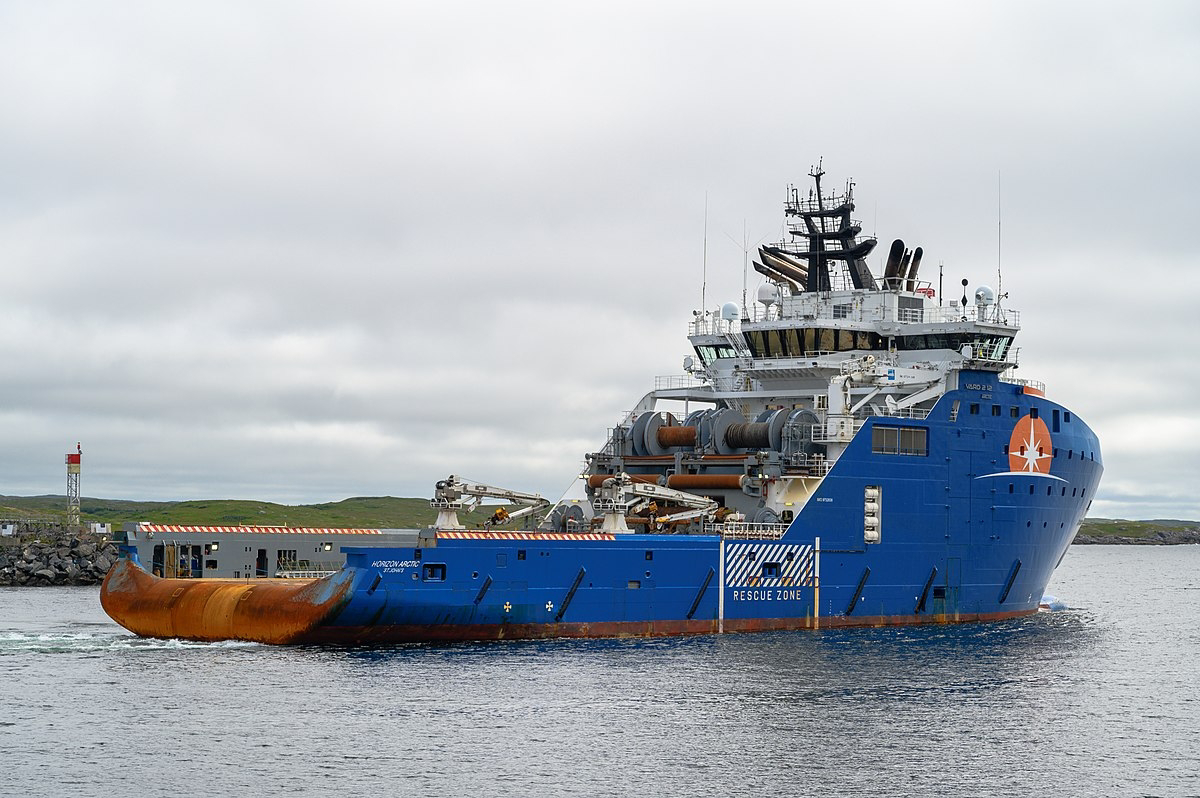To further investigate the incident, the evidence will be transported by a Coast Guard cutter to a US port, where it will undergo analysis and testing conducted by a marine board of investigation specially convened by the Coast Guard. The primary objective of this formal inquiry is to ascertain the causes behind the loss of the Titan. In addition, US medical professionals will conduct a detailed analysis of the presumed human remains that were meticulously retrieved from within the wreckage at the incident site, as stated by the Coast Guard.
Although the exact nature and extent of the presumed remains recovered from the site have not been explicitly specified, video footage from the Canadian Broadcast Corp reveals fragments of the submersible, including what appears to be the nose of the vessel, wrapped in white tarp and lifted by a crane from the deck of the Horizon Arctic. Other visuals depict shattered pieces of the Titan's hull and machinery, with wires dangling, being unloaded from the ship in St. John's, the starting point of the ill-fated expedition to the Titanic.
The examination of the retrieved debris is anticipated to provide crucial insights into the underlying cause of the catastrophic implosion that resulted in the shattering of the Titan. The incident occurred earlier this month when the 22-foot vessel, carrying a crew of five, was on a voyage to explore the Titanic shipwreck in the North Atlantic.
Meanwhile, the Transportation Safety Board (TSB) of Canada, which is conducting its own investigation into the incident, has already conducted preliminary interviews with the crew of the Titan's support vessel, the Canadian-flagged Polar Prince. The TSB has also taken possession of the ship's voyage data recorder for further analysis. Additionally, the TSB has meticulously inspected, documented, and cataloged all the materials recovered from the accident site before transferring them to US authorities.
Fragments of the submersible were discovered scattered on the seabed approximately 1,600 feet (488 meters) away from the bow of the Titanic wreck, four days after the vessel lost contact with the Polar Prince during its descent, which lasted nearly two hours. This breakthrough was made possible by a robotic deep-sea diving vehicle deployed to search the ocean floor at depths exceeding 2 miles (3 kilometers). The multinational search effort had garnered significant global attention and ultimately determined the fate of the five individuals on board the ill-fated submersible.
Among the victims of the tragic accident were Stockton Rush, the pilot and CEO of OceanGate Expeditions, the US-based company that owned and operated the Titan, as well as British billionaire Hamish Harding, aged 58. The other victims were Pakistani-born businessman Shahzada Dawood, aged 48, his 19-year-old son Suleman, and 77-year-old French oceanographer Paul-Henri Nargeolet. This incident has raised concerns regarding the lack of regulation surrounding such expeditions and the decision by OceanGate to forgo third-party industry review and certification of the Titan's unique design.
In a statement, Pelagic Research, the entity responsible for operating the robotic vehicle used in the debris recovery, announced that their team had successfully concluded offshore operations but would remain engaged in the demobilization process from the Horizon Arctic.





0 Comments